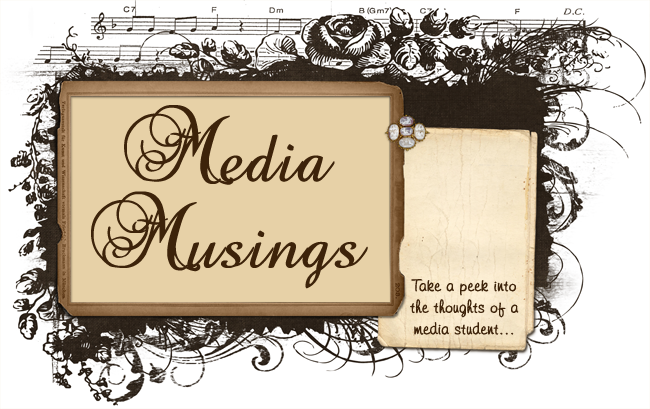Classifying blogs has never been an easy task. There are as many types of blogs in the blogosphere as there are books in libraries, and they are definitely harder to classify than books, thanks to their diverse content and mode of publishing.
The most conventional way of classifying blogs is by subject. For example:
- Music
- Travel
- Food
- Art
- Fashion
- Gaming
- Technology
- Politics
- Education
- Health
However, the lines between these classifications have become blurred due to all the mixed content produced by bloggers. Much like movie genres, blogs can also have "crossovers". A blog about travel might include food from different places, same as how an action movie can include romance.
Another method to categorize blogs is by content or media type. These are identified through the format or media used to post their blogs, which include (Revell, 2009):
- Vlog (video blog)
- Linklog (blog comprising of links)
- Photolog (photo blog)
- Sketchlog (blog containing sketches or portfolio)
- Moblog (blog posted using PDA or smartphone)
- Tumblog (blog with mixed content)
- Podcast (collection of audio recordings)
Margaret Simons, a prominent Australian author, freelance journalist, media analyst and blogger, attempted to draw up a list of the different types of online sites that classify as blogs (Simons, 2008):
- Pamphleteering Blogs: Blogs to argue a case or push a cause.
- The Digest Blog: They act as guides, summaries or commentaries to information found in other places.
- The Advocacy Blog: Blogs run by established advocacy groups or commercial organisations concerning a single topic.
- The Popular Mechanics Blog: Blogs that offer training and advice in specialized fields i.e. gardening, photography.
- The Exhibition Blog: Blogs by writers, craftspeople, artists to showcase and discuss their work.
- The Gatewatcher Blog: Blogs that allow specialists, experts and concerned individuals to watch and take on traditional media "gatekeeping" roles.
- The Diary: Personal blogs intended for friends and family.
- The Advertisement: Blogs that advertise or endorse products.
- The News Blog: Blogs that report news, whether local, international or both.
References:
- Revell, M 2009, Types, WebEditorBlog.com, viewed 10 April 2010, http://www.webeditorblog.com/types.html
- Simons, M 2008, Towards a taxonomy of blogs, Australian Policy Online, viewed 10 April 2010, http://www.apo.org.au/commentary/towards-taxonomy-blogs-0


No comments:
Post a Comment